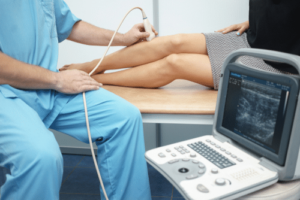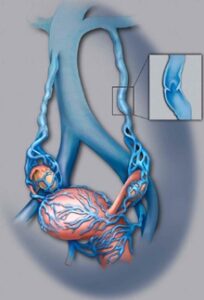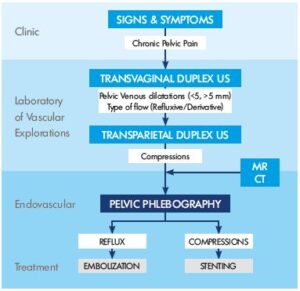The Truth About Restless Leg Syndrome
LJVascular2022-12-13T13:57:28-08:00The restless leg syndrome was a reported symptom in 30% of people who suffer from varicose veins, in our study.
Those who suffer from varicose veins often report a feeling of restless leg syndrome, especially at night when in bed. In our study, about 30% of patients with varicose veins complained of nocturnal restless legs.
Restless legs refer to the specific symptoms of restlessness and urge to move the legs. This is different than Restless legs syndrome (RLS), which is a sensorimotor movement disorder characterized by uncomfortable sensations in the legs and an urge to move them. This is a diagnosis based on a collection of nocturnal symptoms. There are many causes of restless legs syndrome such as neurological disorders, anemia, and kidney disease to name a few, and is often treated with medication. Vascular causes, such as venous insufficiency is often overlooked as a cause for Restless Legs Syndrome. We have case studies of patients who used medication to treat RLS symptoms for years without resolution of symptoms. In our study, 98% of the patients with venous insufficiency and restless legs, had resolution of symptoms following treatment. In another study, by Hayes, CL et. al, 35 patients with RLS and superficial venous insufficiency underwent endovenous ablation of refluxing superficial veins and ultrasound-guided sclerotherapy of varicose veins. 89% of patients reported alleviation of symptoms.
If a patient has restless legs symptoms and evidence of varicose veins of the legs, a work-up for venous insufficiency should be considered. The workup involves a duplex ultrasound evaluation of the leg veins. This may eliminate the need for medication for RLS in some cases.
If you experience any vein disease symptoms, please call our office at (858)-550-0330 to schedule a consultation with one of our knowledgeable doctors at La Jolla Vein and Vascular.
For more information on vein health please check out our Youtube Channel or visit our helpful guide of resources.















